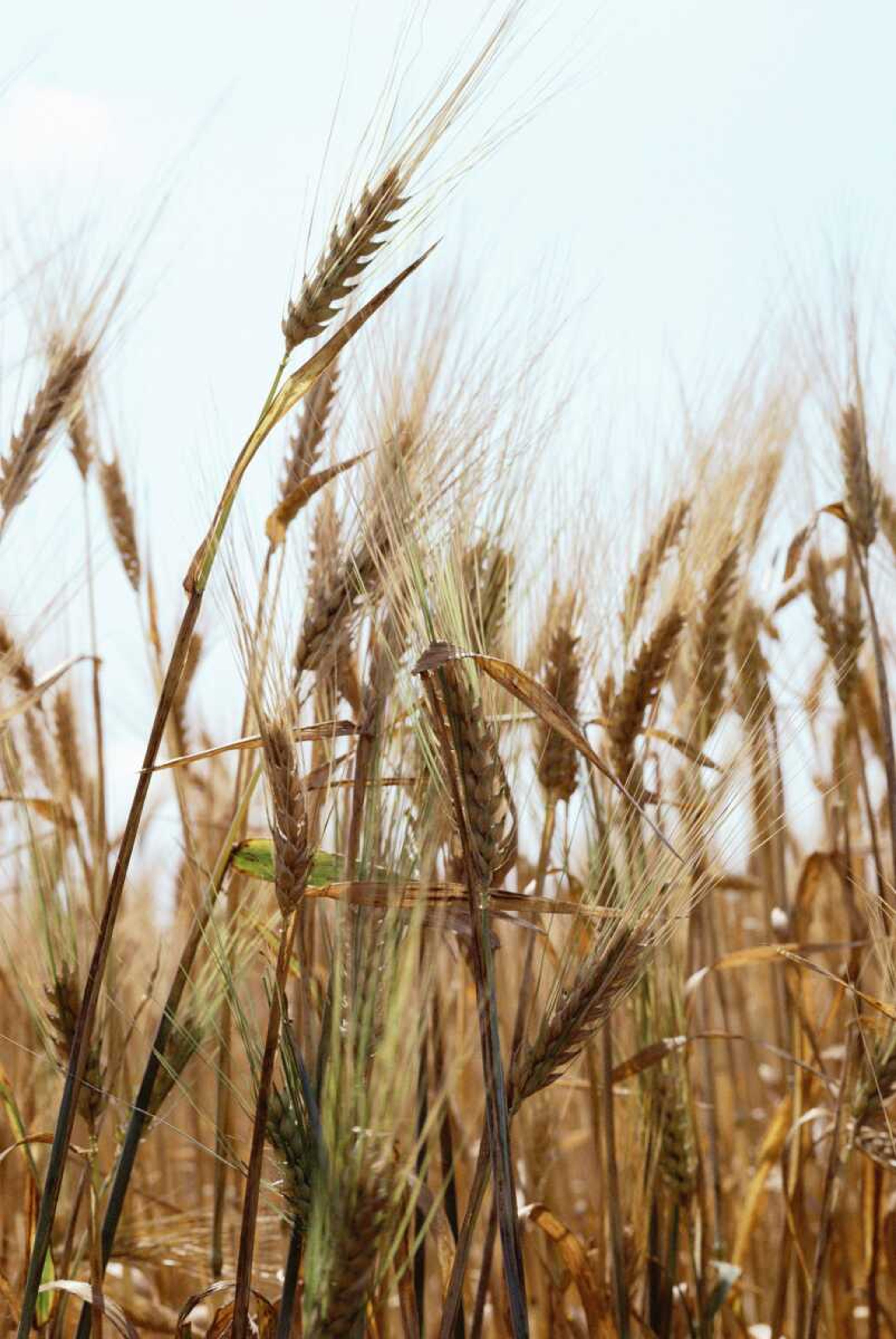Recent flooding and drought conditions have made crop insurance more important than ever
Last year's flooding, coupled with this year's extreme drought, have made crop insurance more important than ever to Missouri farmers. "Crop insurance is a completely different industry than it was a few years ago. It has gone from being something producers buy in order to receive their disaster payments to something they consistently rely on," says Amanda Hurley, a licensed crop insurance agent with C&H Insurance Services LLC in Charleston, Mo. ...
Last year's flooding, coupled with this year's extreme drought, have made crop insurance more important than ever to Missouri farmers.
"Crop insurance is a completely different industry than it was a few years ago. It has gone from being something producers buy in order to receive their disaster payments to something they consistently rely on," says Amanda Hurley, a licensed crop insurance agent with C&H Insurance Services LLC in Charleston, Mo. The industry has responded by offering several more insurance options, says Hurley, including additional replant and prevented plant options.
Recent crop disasters, as well as the increased risk from higher input costs, have prompted both growers and lenders to use insurance programs more effectively, says Hurley.
"Wise lenders and producers are much more aware of risk these days and are looking for ways to mitigate that risk," she says. "Crop Insurance is a government program. Your basic yield and revenue products are the same no matter what agent you buy them from. What producers need to realize is they are shopping around for service, not a better premium price. You have to sign up for crop insurance long before you are even sure what/where you are going to plant. Farmers need to have a strategy that will still work if they have to go to Plan B or even Plan C."
According to the University of Missouri Extension, 83 percent of Missouri acres planted with corn and soybeans in 2011 were insured. Although exact numbers are not yet available, it appears that more polices were sold this year than last year, likely meaning that more acres were insured in 2012 than in 2011.
"Last year was a huge year for crop insurance payments and this year will blow that away," says Hurley. "This will be a record year for claims. Crop insurance provides farmers with a tool to stabilize their income in times of disaster. "
Revenue protection is the most commonly chosen type of crop insurance, at 63 percent of acres planted, according to the University of Missouri Extension. About 8 percent have yield protection policies, which pay indemnities at a fraction of a predetermined rate. About 11 percent of crops are insured with catastrophic insurance, the bare minimum of coverage that can be purchased, which issues only 25 percent of the expected value of the crop at planting time.
"The best thing they can do is plan ahead. Right now they should be thinking about how much and where they will be planting wheat, if any," says Hurley, noting that the deadline to sign up for wheat insurance is Sept. 30. "If the last two years have taught me anything, it's that even the most solid of plans change. Farmers need to prepare for the unexpected and make sure they are covered in case they do wind up having to plant a crop they never thought they would."
Connect with the Southeast Missourian Newsroom:
For corrections to this story or other insights for the editor, click here. To submit a letter to the editor, click here. To learn about the Southeast Missourian’s AI Policy, click here.







